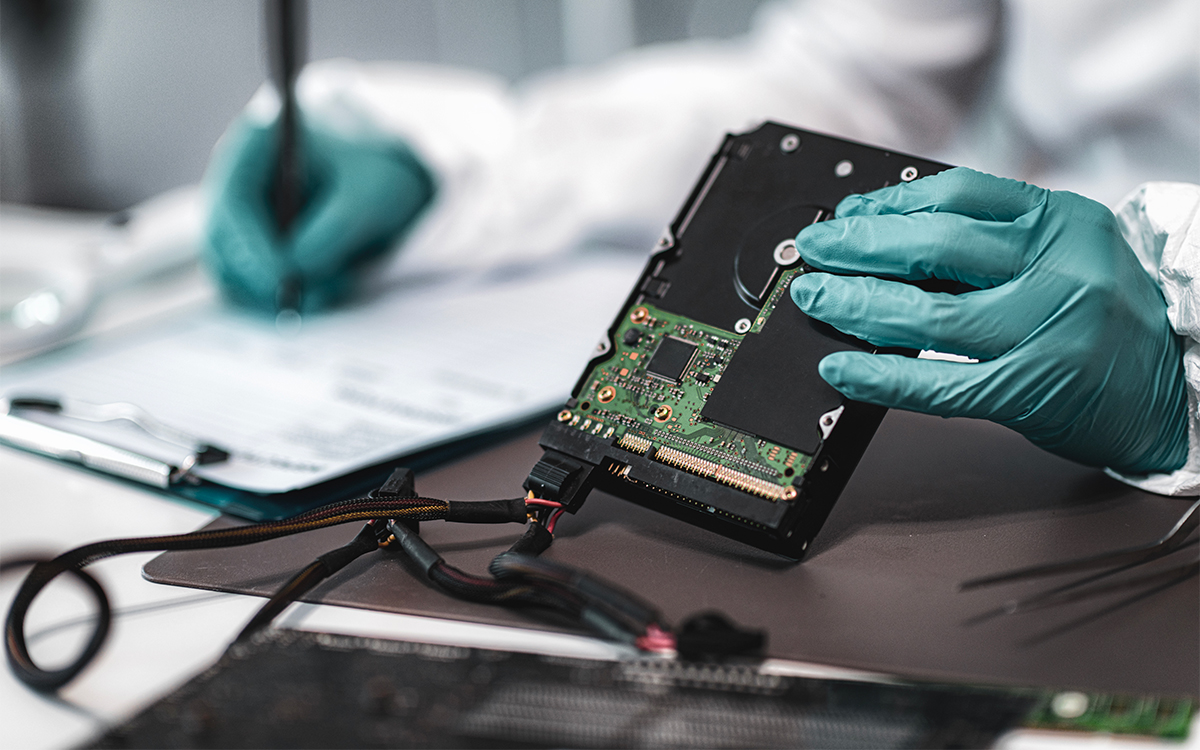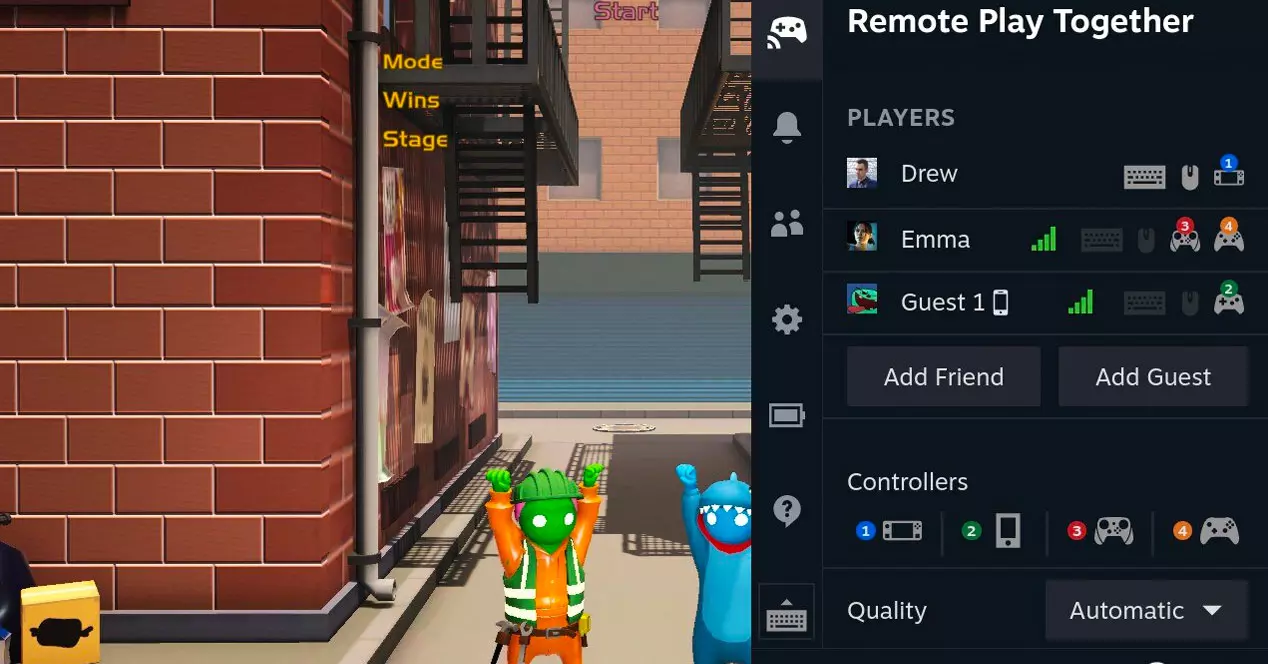
Cloud storage and backup provider Backblaze has just released its new quarterly hard drive failure rate report. According to his figures, hard drives are becoming less reliable, with an annualized failure rate of 1.54%.

For 10 years now, cloud storage and backup provider BackBlaze has set the standard when it comes to discuss the durability of hard drives sold on the market.
Indeed, the San Mateo company publishes an analysis of its own fleet of HDDs and SSDs every quarter, the idea being to highlighte the annualized failure rate of each model. In May 2021, we already mentioned in our columns one of the reports from BackBlaze, which already confirmed at the time the greater reliability of SSDs compared to HDDs.
More failing hard drives year after year
For this report dedicated to the first quarter of 2023, Backblaze analyzed no less than 236,893 hard drives. This number covers in particular 30 models from four different manufacturers, for a total storage capacity of 2.8 million TB. And according to the figures obtained at the beginning of the year, the hard drives used by BackBlaze become less reliable over time, with an average annualized default rate of 1.54%compared to 1.21% in the previous quarter.
Casually, this is a significant increase in AFR (Annualized Failure Rate) compared to the 1.37% recorded over the whole of 2022. According to Backblaze, Seagate wins the prize for the models most affected by breakdowns, with a rather high failure rate of 2.28%. Conversely, Western Digital remains the best student with a failure rate of only 0.31%.
Also to read : Google and Seagate’s AI can tell if a hard drive is about to fail
Age and storage capacity play an important role
What we learned from the Backblaze study is that age and storage capacity play a major role in the failure rate of a hard drive. To support its point, the company refers to the work of Timothy Burlee of Secure Date Recovery.
According to the experiment carried out by Timothy Burlee, out of 2,007 hard drives analyzed, the average age of failure is 1,051 days, or two years and ten months. For its part, Backblaze carried out the same tests on its fleet of HDDs, recording for each failed disk the date of the failure, the serial number, the model, the capacity and the raw value SMART 9. The 17,155 defective disks screened broke down on average after 932 days of activity, more than two years and six months. A result which therefore remains close to that obtained by Timothy Burlee.



